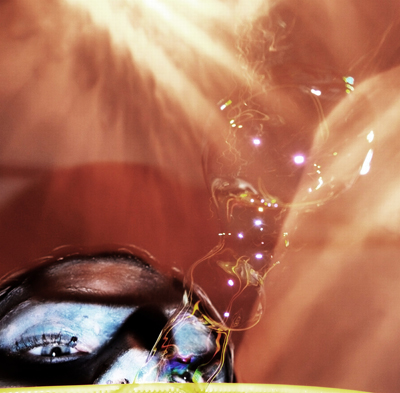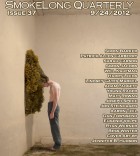This story is packed with wonderful historic artifacts—such as the pianola and the Triangle Shirtwaist factory fire. Are you frequently drawn to moments or settings that aren’t contemporary? How do these things enter your fiction and what do they mean to you?
Thank you. Most of the time, my stories unfold in a nebulous time and place, but this past summer, I started working on a few projects where I included historical moments and settings into my writing as a challenge. I found that, in most cases, I arrived at a place in my writing I didn’t expect and found this exciting.
“Temperature” has many vivid images that propel the reader through the scene—an icy, wet beard; writhing moths; and most notably, tiny holes and perforations that appear everywhere. Tell us something about the prevalence of the latter in your story.
I wanted to explore the notion of incompleteness through the holes prevalent in the woman’s apartment—her moth-eaten rugs, the perforations in the roll of music she cannot operate, the holes in her sweater, and the way she feels porous. But I also wanted to contrast this with the notion that through absence, something new can occur, or be fashioned. The perforated roll creates music when operated and interpreted correctly and is the impetus behind the father the daughters’ arrival at the woman’s apartment. Finally, the dancing figures at the end of the story are created using the holes in the discarded rolls.
While we get a lot of background on the daughters, there is an unrevealed history to the woman who owns the pianola. When the daughters guide her hands to the instrument, we get this juicy snippet of indirect discourse: “she has been waiting for someone strong to show her what to do for a long time.” What’s going on there? What’s behind this encounter for her?
I imagine the woman as someone trying to maintain an imposing façade, someone high in stature, with the means to afford a pianola, yet someone incredibly lonely, vulnerable, and unhappy. When the daughters guide her hands, it is an admission she is not prone to express—she needs, even desires, help.
Factories play a large, if secondary, role in this story—the shirtwaist factory from which the daughters plunged and the pianola music-roll factory—and at points they seem almost interchangeable. How do you see these institutions impacting the lives of your characters?
Having lived in cities where crumbling factories are very much part of the landscape and the people, I wanted the factories in the story to live inside the characters. Factories are an integral part of their lives. For the woman, factories represent hope, manufacturing objects she can purchase that might fulfill a need, erase her loneliness. For the father, factories provide for him and his daughters. And for the daughters, factories are perilous, destructive, yet have proved to them the limitlessness of their strength and their will to live.



 The core workshop of SmokeLong Fitness is all in writing, so you can take part from anywhere at anytime. We are excited about creating a supportive, consistent and structured environment for flash writers to work on their craft in a community. We are thrilled and proud to say that our workshop participants have won, placed, or been listed in every major flash competition. Community works.
The core workshop of SmokeLong Fitness is all in writing, so you can take part from anywhere at anytime. We are excited about creating a supportive, consistent and structured environment for flash writers to work on their craft in a community. We are thrilled and proud to say that our workshop participants have won, placed, or been listed in every major flash competition. Community works.